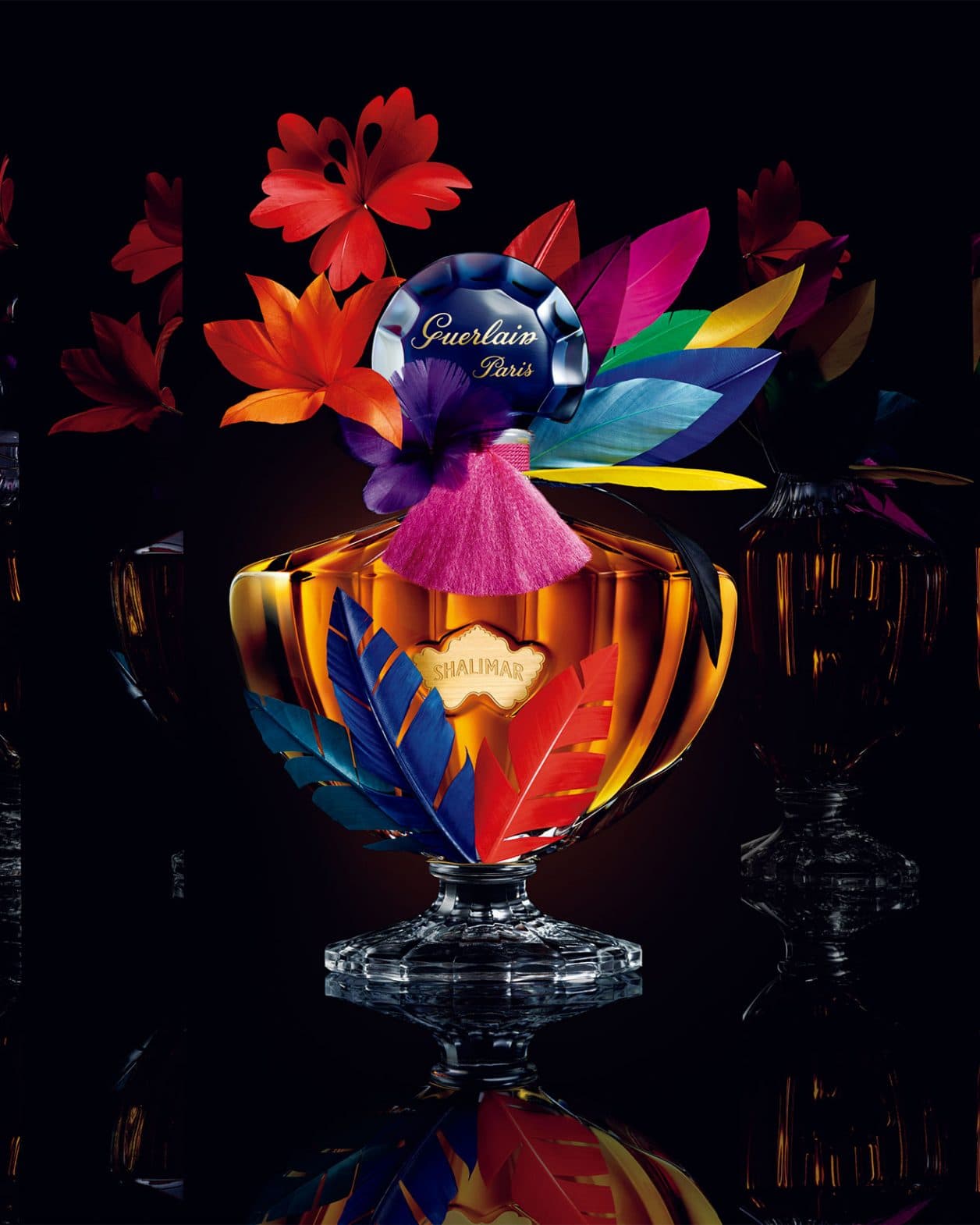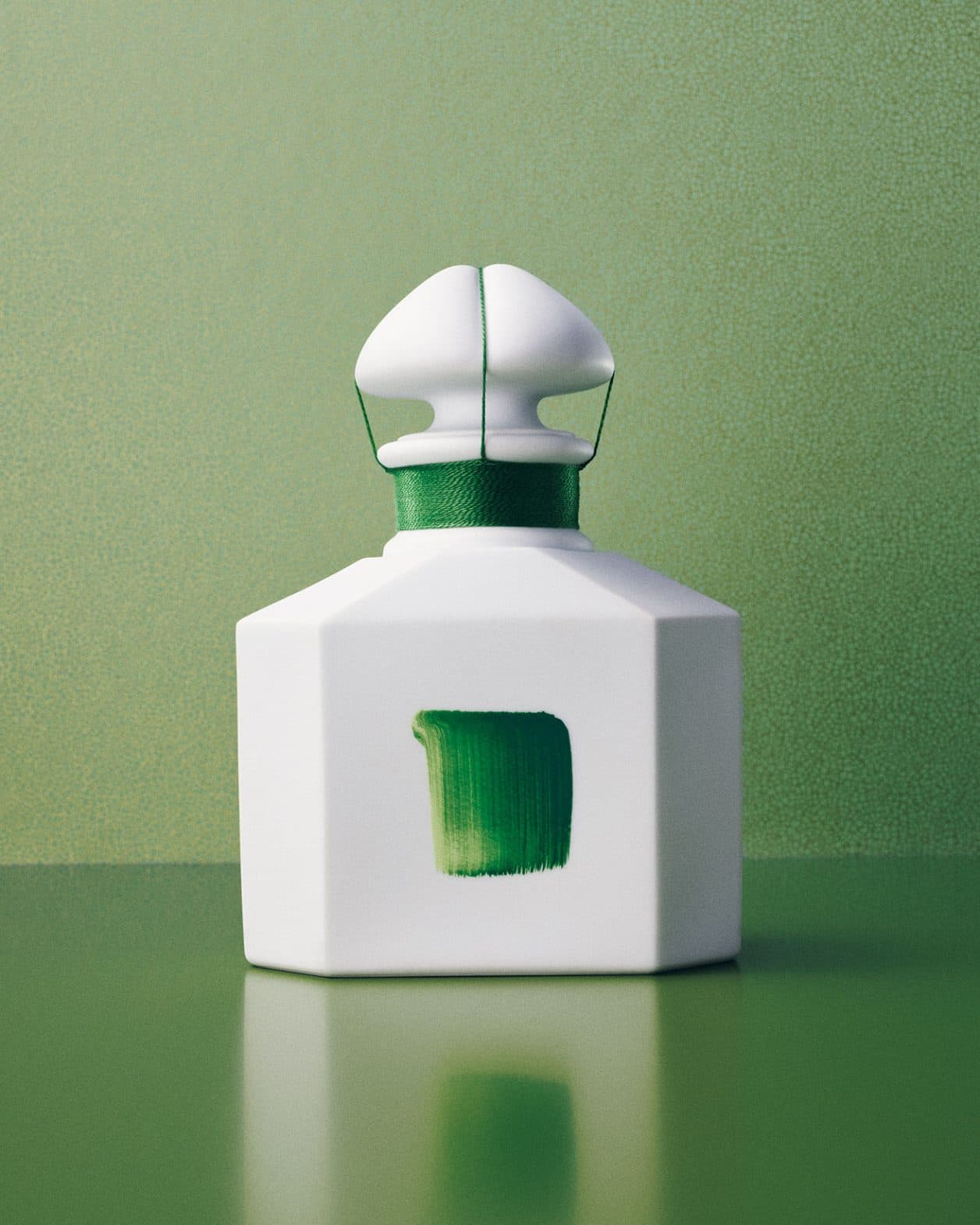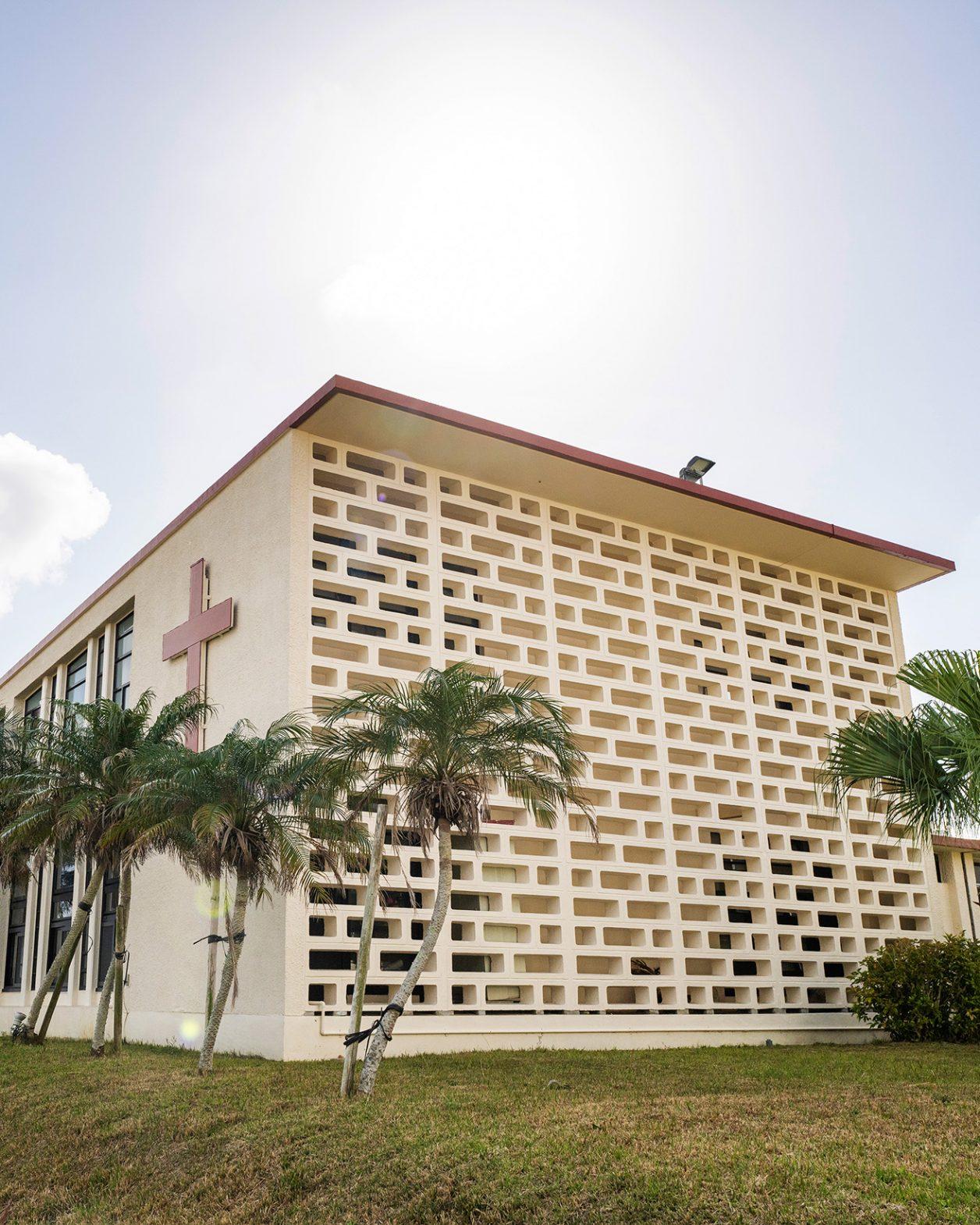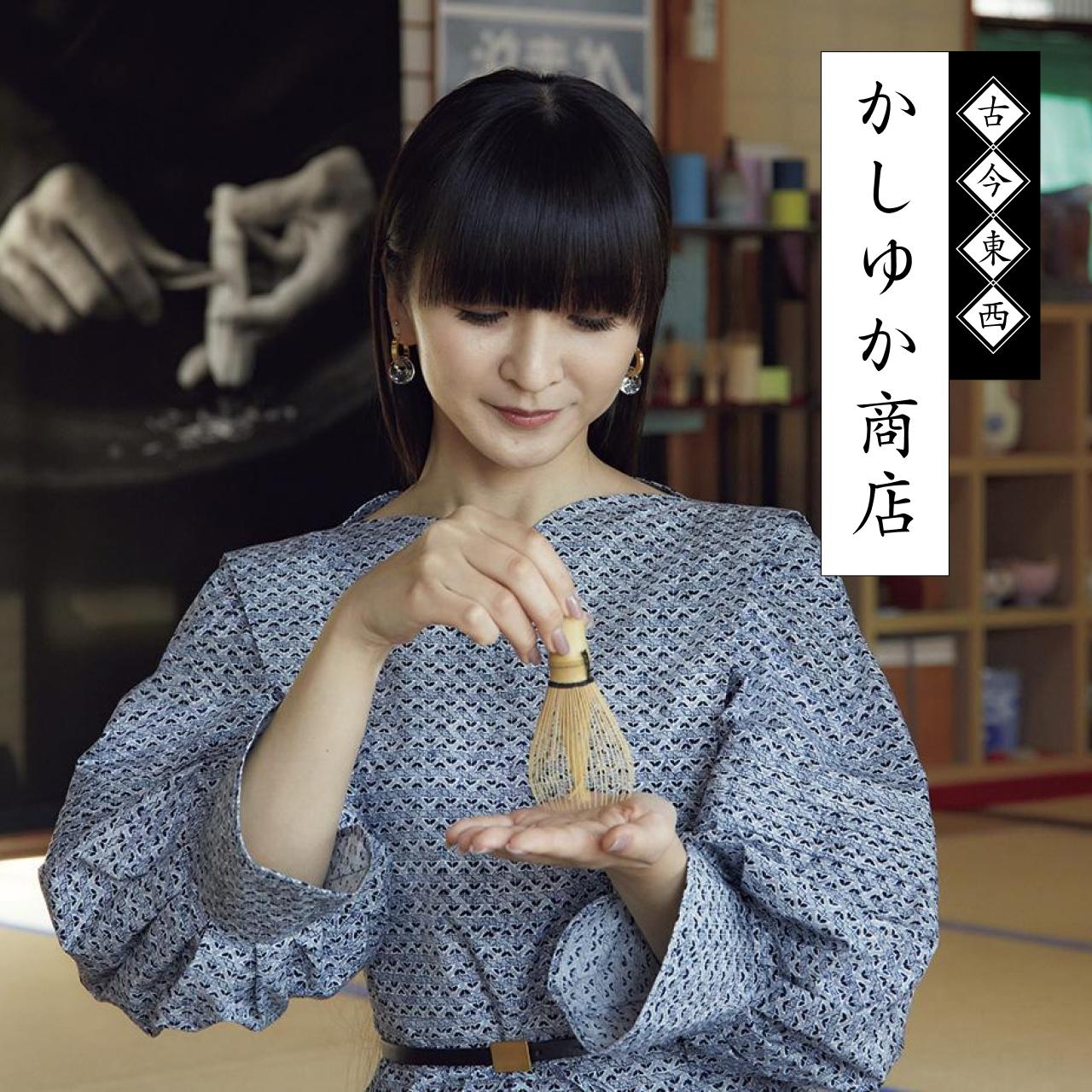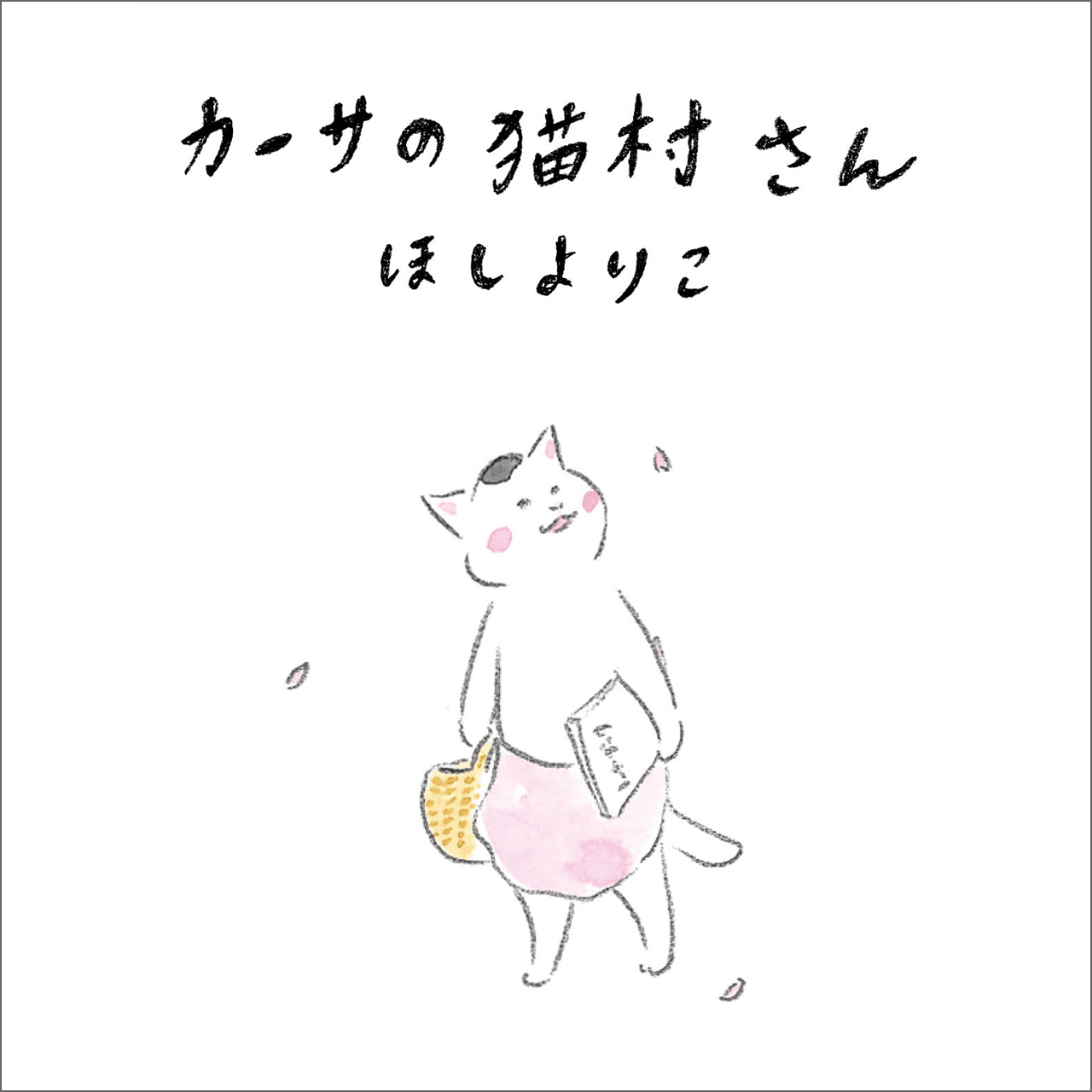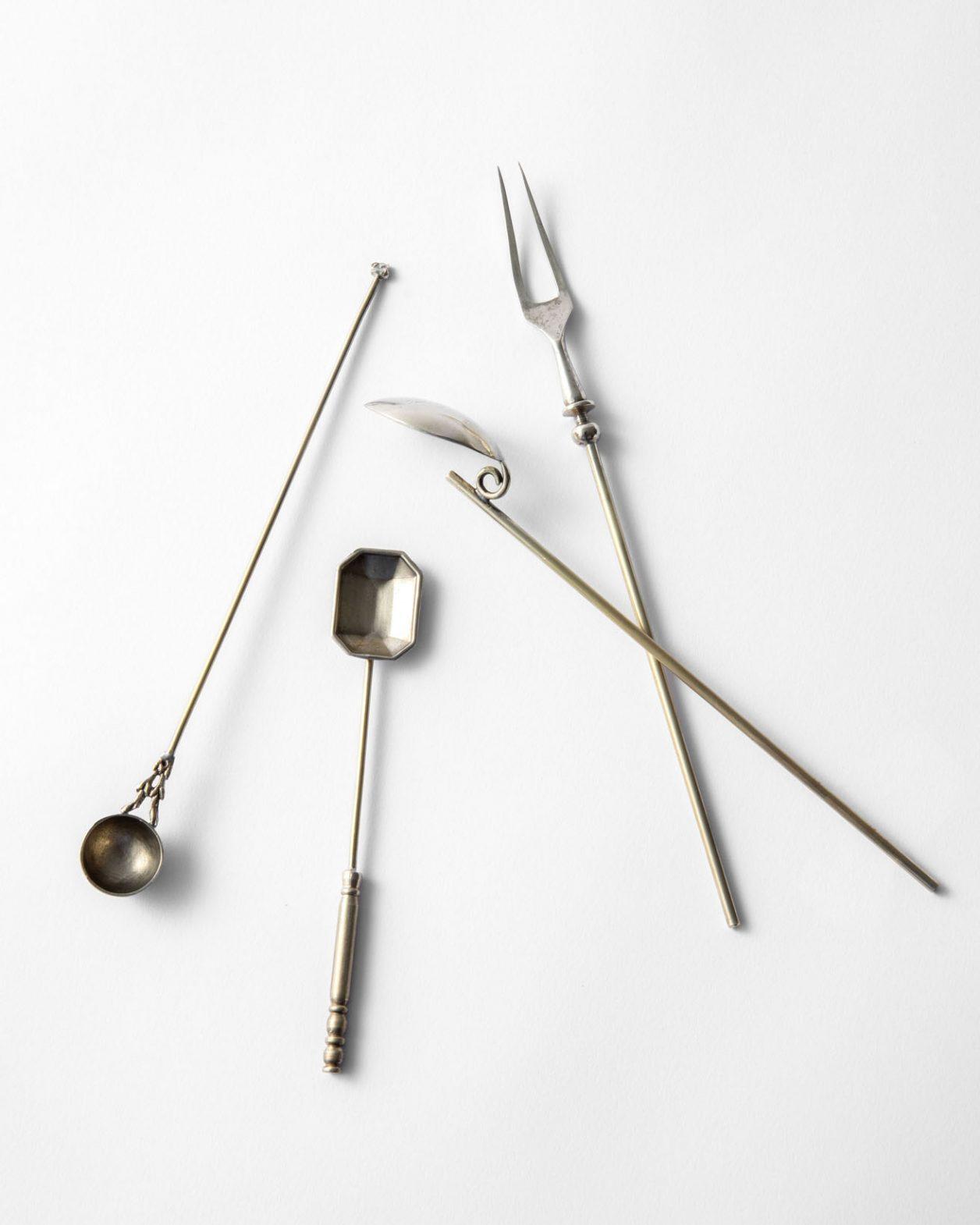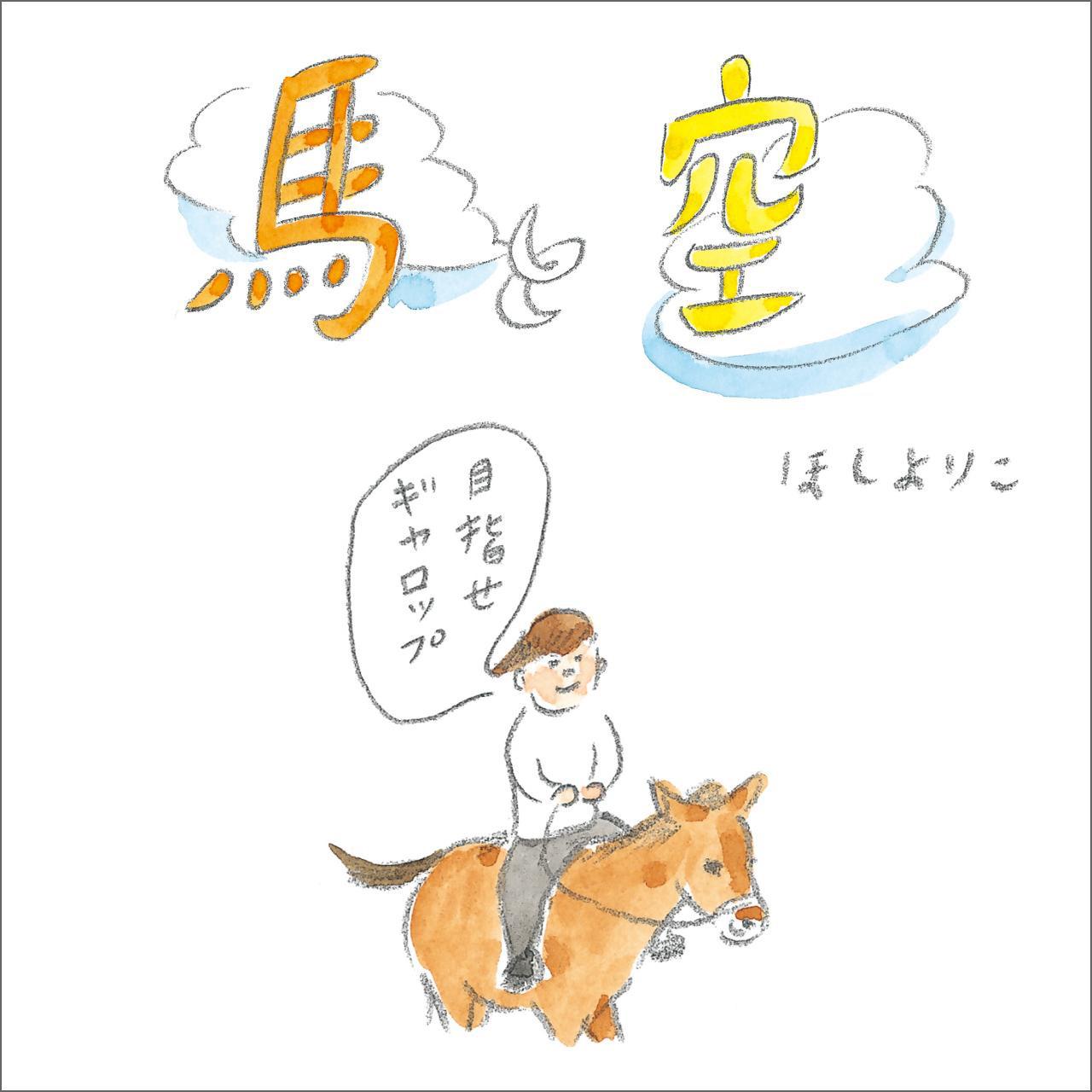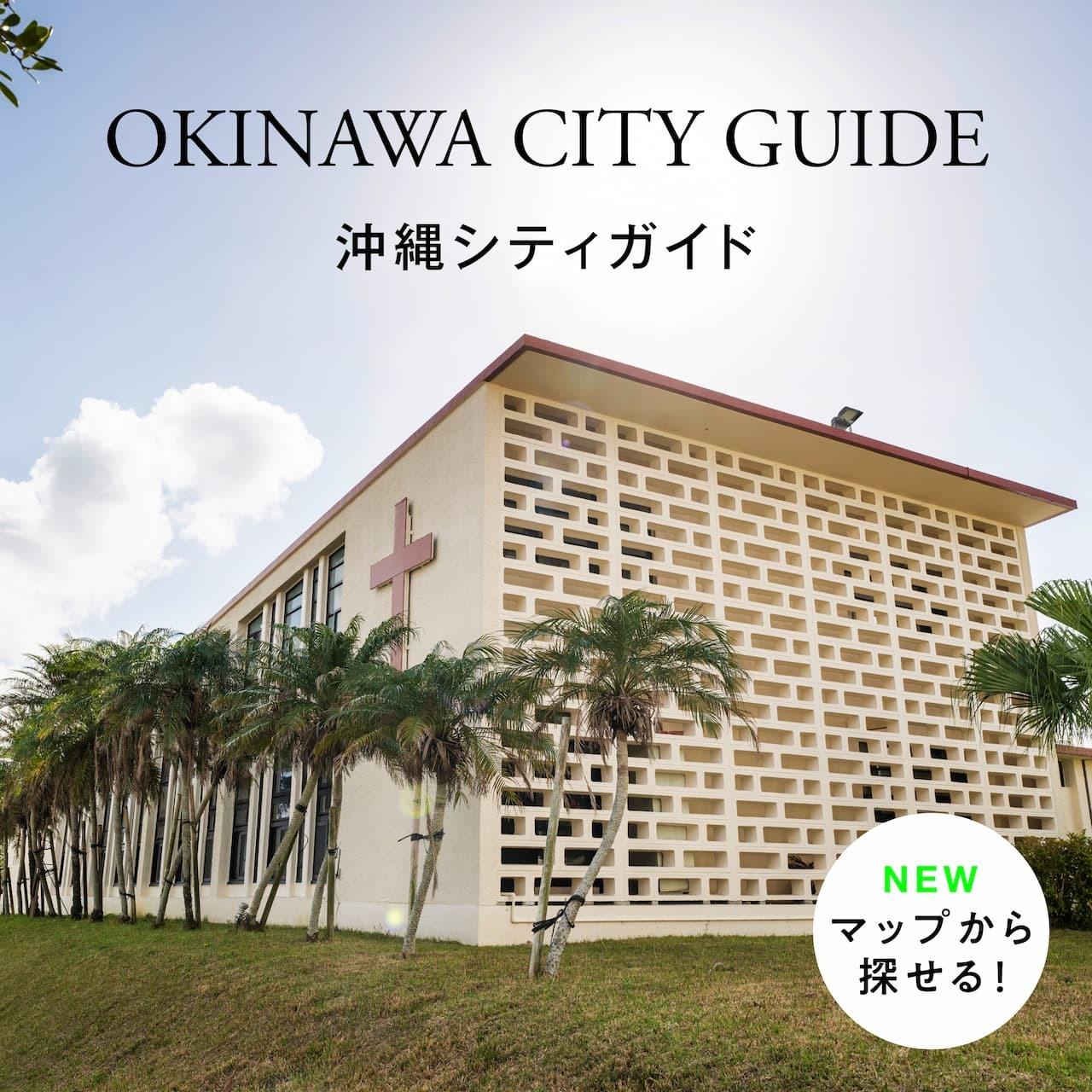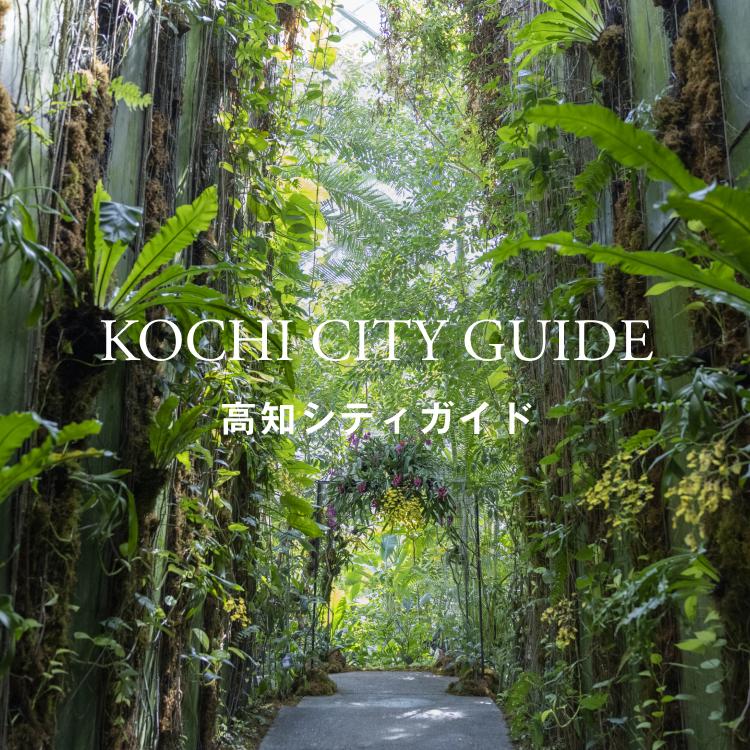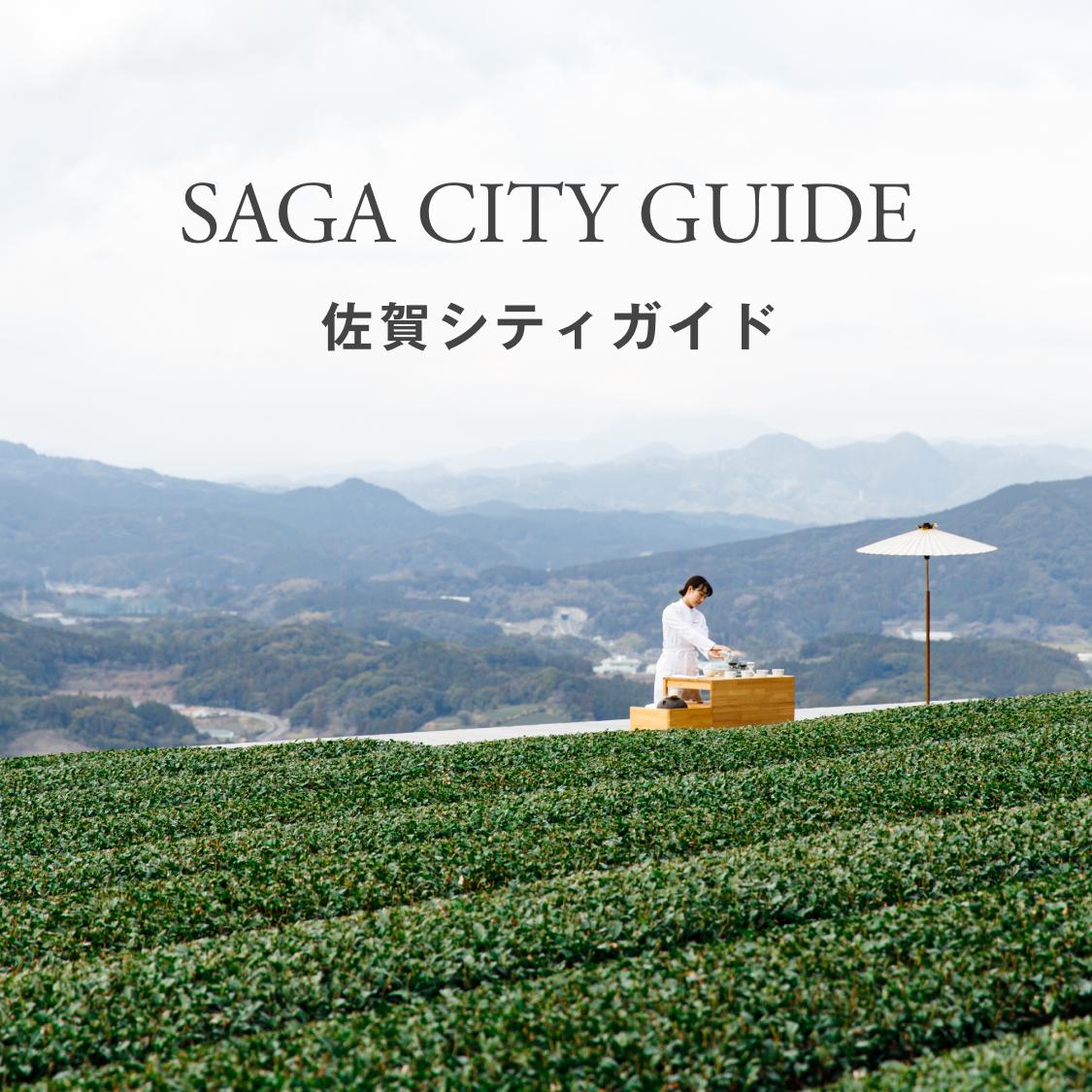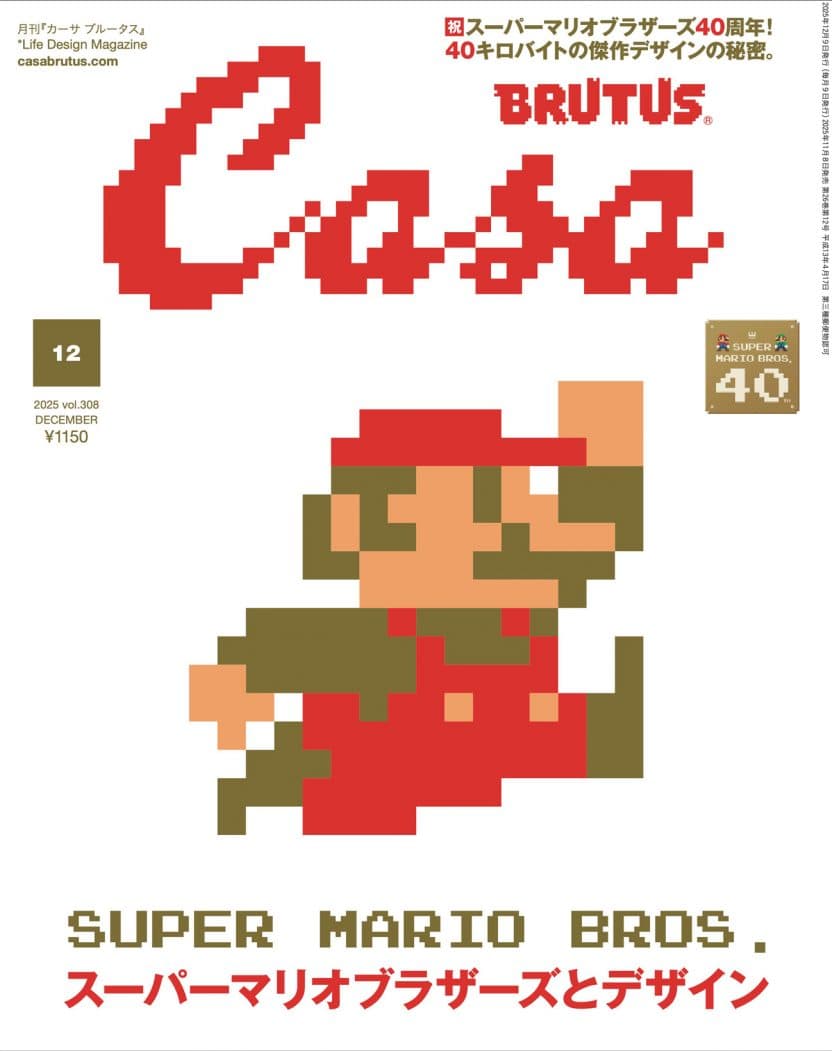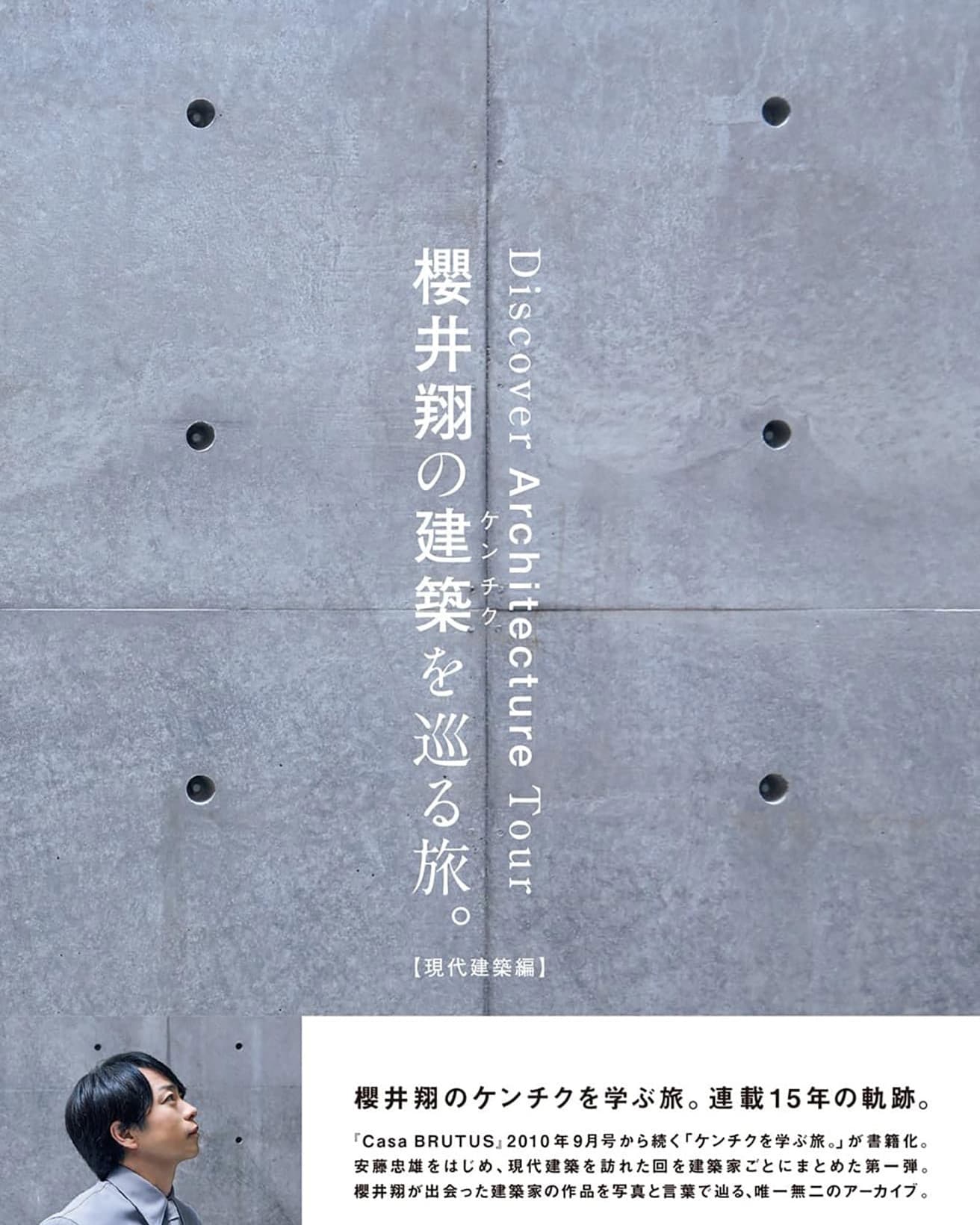DESIGN
Kokontozai: KASHIYUKA’s Shop of Japanese Arts and Crafts —Gyōda Tabi
『カーサ ブルータス』2024年11月号より
| Design | KASHIYUKA’s Shop of Japanese Arts and Crafts | photo_Keisuke Fukamizu hair & make-up_Masako Osuga editor_Masae Wako translation_ Mika Yoshida & David G. Imber
Searching all of Japan for handcrafted items that express its heart and soul, our proprietor, KASHIYUKA, presents things that bring a bit of luxury to everyday life. This time she travels to the city of Gyōda in Saitama prefecture, known as the “tabi town”, and encounters these unique, traditional split-toed socks made by highly experienced crafters.
